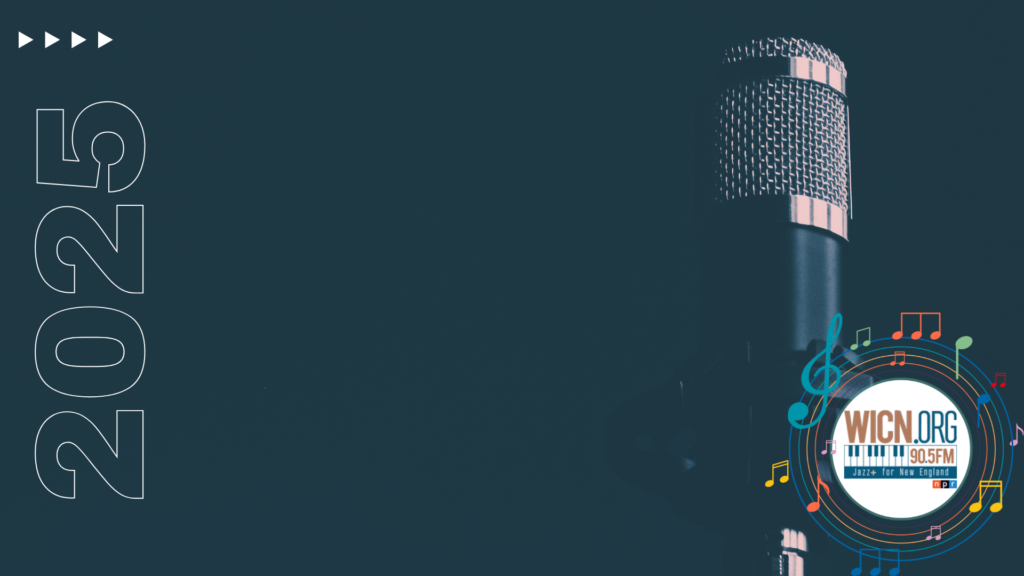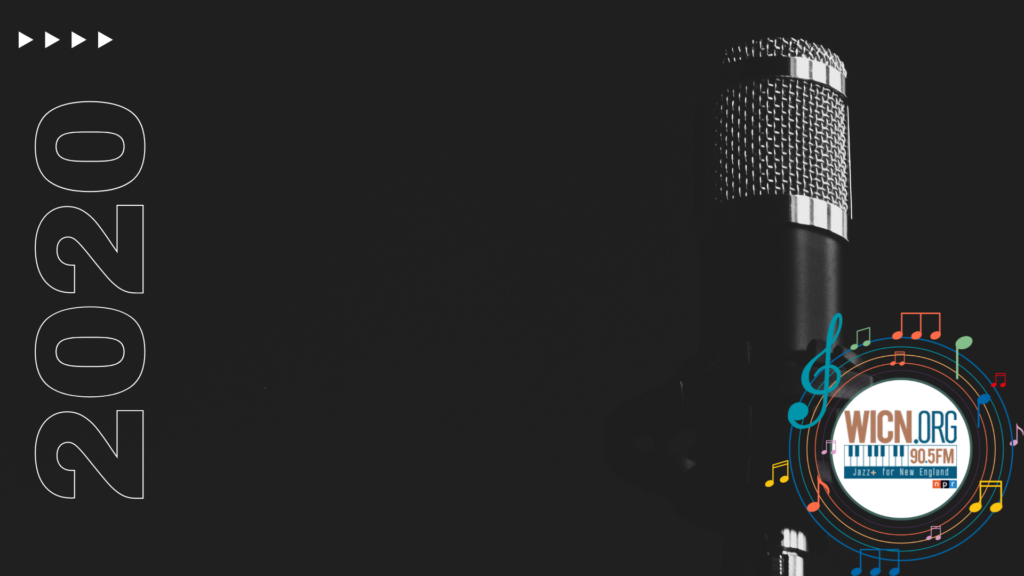Norah Jones – March 2020 Artist of the Month
Written by Emily Morrow on March 2, 2020
If there was a recognizable new face to emerge from the Jazz ranks in the early 2000s, it would be that of one Norah Jones—a legitimate celebrity indeed, and also immediately recognizable just by the sound of her voice in any context. Her superstardom gives us a new perspective on the relationship of Jazz and popularity in the 21st century, the power of individual character in sound, and the age-old question of “What is it that makes something a hit?”
Born Geethali Norah Jones Shankar, Norah Jones had parents in the music business (her father is sitar master Ravi Shankar and her mother is concert producer Sue Jones) and therefore surrounded by music at home; notably, Billie Holiday became a favorite in heavy rotation. Church and school were factors as well: she sang as soloist and chorister in the Methodist church, and played alto saxophone in the band. Along the way she became proficient (and better) on piano and guitar, but unmistakably, voice was her instrument.
Jones attended Booker T. Washington High School for the Performing and Visual Arts in Dallas, where she officially shortened her name to Norah Jones. Attending this prestigious high school led to a fairly swift chain of attendance at leading-national-brand institutions, including Michigan’s Interlochen, one of the foremost overnight camp schools for emerging musicians, and the Jazz Conservatory at the University of North Texas, which served as the finishing school for her inimitable vocal talents. By the time Jones was 20 years old, she had made the professional connections that would lead to her first widespread exposure. Through with Texas, she relocated to New York City in 1999 with her fellow UNT student and future collaborator Jesse Harris.
Following a well-trod path of starting out in a new city, Jones knew someone who knew some folks who had a band, and folks met folks…but the real ambassador was the sound of her voice. In his annotations for their first project together, guitarist Peter Malick recounted the awakening:
“I started looking for a singer who might be open to recording [my latest songs] for me. On a Tuesday night, I walked into the Living Room just as the singer announced the last song of the set. The Dinah Washington classic ‘Since I Fell for You’ filled the room and I was struck breathless. Here, in the tradition of Billie Holiday, was a stunningly beautiful, blues-infused voice. This was my first contact with Norah Jones.”
Perhaps some listeners will recall experiencing the then “undiscovered” sensation of Norah Jones performing with Malick at Boston’s Room 9 from Outer Space twenty years ago!
The “discovery” was swift. In 2001 and ‘02 she was showing up in guest appearances and cameos with bands and musicians in all fields; right away there was a widespread discography to keep track of. Norah Jones released her first record as leader when she was just 22-years-old—to enormous acclaim and appreciation. That initial effort, Come Away With Me, has alone sold far more copies than most artists would experience across decades of work, in addition to earning her 8 Grammy nominations and taking home 5 of them, including Best New Artist, Album of the Year, Record of the Year and Best Female Pop Vocal Performance.
With that kind of initial success, Jones was left entirely to her own devices to compose, explore, redefine herself, and work at her own pace. Already in 2003, she was branching into alt-country (in co-founding the band Little Willies) and shortly to all dimensions of pop and folk music—OutKast, Ryan Adams, the Foo Fighters, Green Day’s Billie Joe Armstrong… She traveled in wider and wider circles, “famous for being famous,” photogenic, and, consequently, a presence on TV and then films as well, making her acting debut in “My Blueberry Nights.” In terms that WICN listeners will recognize, she thus embodied “Jazz Plus” for the world. It’s telling that, after five released leader projects, her 2016 session “Day Breaks” with Blue Note labelmates was hailed as a return to her roots for being at least partly graced with Jazz grooves.
The Jazz field wasn’t really prepared to handle the widespread appeal that Jones engendered. The “Norah Jones phenomenon” recalls the bafflement that surrounded Sinatra helicoptering in to the 1965 Newport Jazz Festival: he was a returning visitor, but generally had moved on to another league of popularity, “not of this world.” Since Jones from the beginning was recording for a Jazz label, Blue Note, it has been customary to celebrate her achievements as Jazz triumphs. But even starting with her debut, all of the accolades, all of the Grammy® recognition and all of the chart positions traced her progress as a big fish in the bigger-than-Jazz pond of pop music. And both the content and shape of her career have more in common with Joni Mitchell’s or Carole King’s than the Jazz circuit of exposure. Completing the crossover, she won the industry-wide “Album of the Year” award that Diana Krall a few years earlier had only been nominated for. In our consciousness, only Jazz artists like Chuck Mangione and Stan Getz had made that kind of a splash.
So at least implicitly we’re challenged to answer for ourselves: what makes a singer a Jazz singer? Jones’s sometime singing partner Willie Nelson sparks some of the same discussion: Nelson and Jones both might put as much personal rhythmic re-write into their delivery whether singing Ellington or Hank Williams’s standards, or their own compositions.
Norah Jones’s voice has something that reaches people–perhaps by now it’s billions of people. Surely those followers don’t get hung up on what to call her music. What magic is behind that we don’t know, and don’t need to know. Just listen and marvel again through all of March.

